Idea by
James Hamilton + Malin Heyman
AT - HH
Call for ideas 2017
Migratory Tectonics
Migratory Tectonics

Tectonic elements, a character and three things the character carries with them are explored as they migrate between a series of three progressively more and more prototypically urban conditions of inhabitation - flat ground, two parallel vertical bearing walls and a uniform structural grid - essentially developing a set of migratory tectonics.
At a fundamental level the projoect encourages the re-interpretation and re-use of methods and tectonic elements, the investigation of program and it’s specifics, and an understanding of the implicit potential of prototypical structural conditions in the development of a series of singular architectonic proposals.
The project aims to address issues such as: things as defined by Bruno Latour and the perceived effects of “matters of concern” as opposed to “matters of fact” established through a re-framing of design practices, gender and the embodiment of non-normal points.

element : the pavillion
*in collaboration with Birkir Ingibjartsson
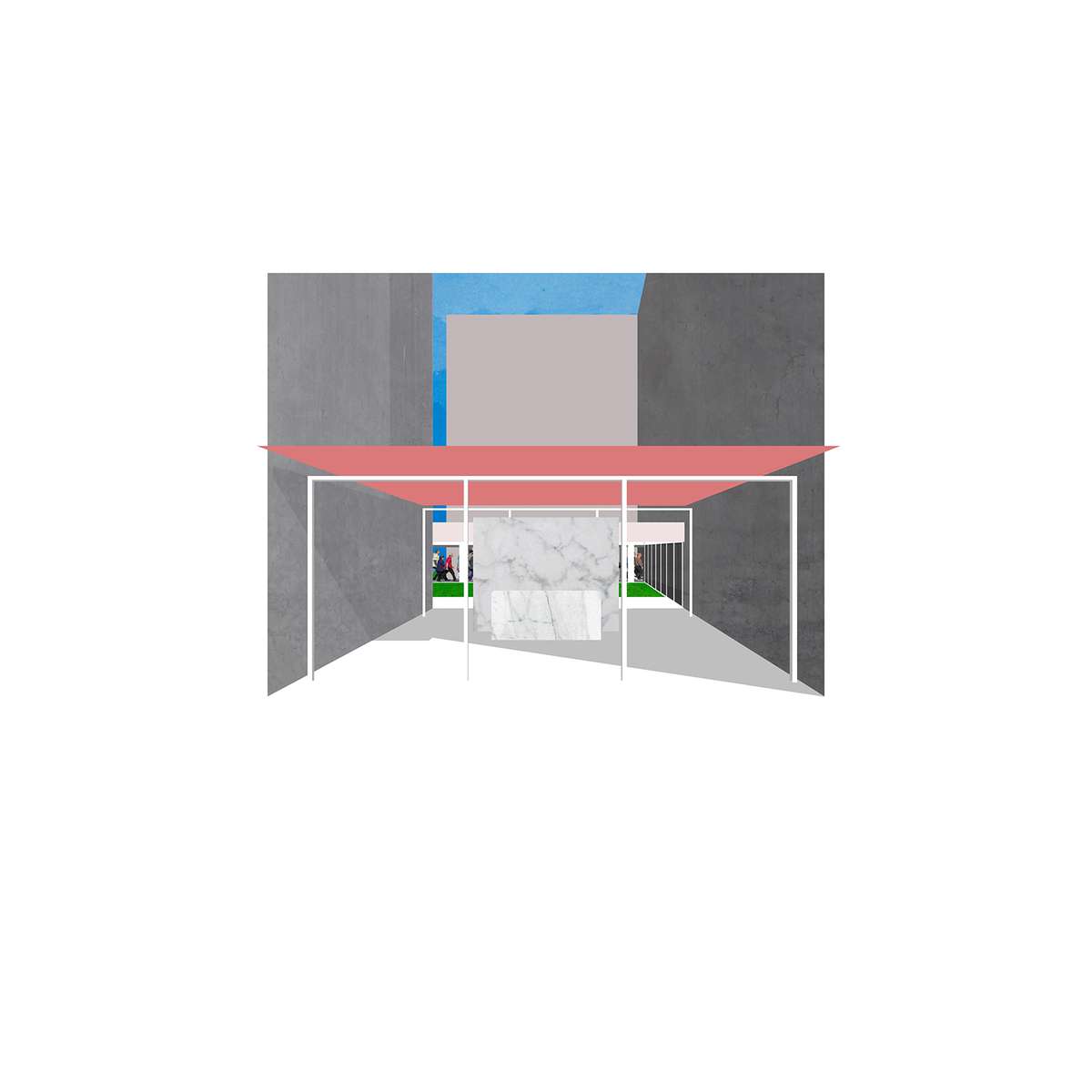
room : the lobby
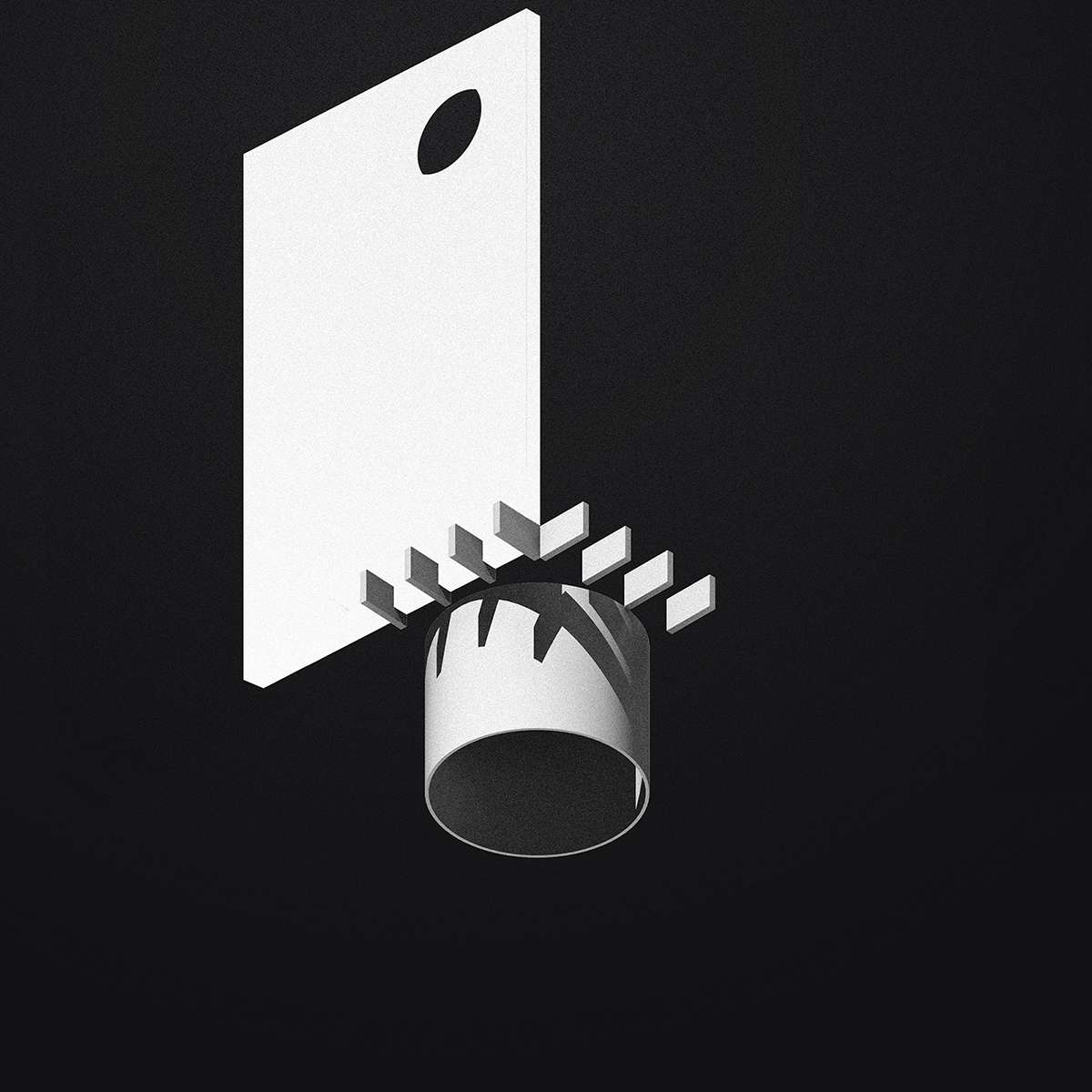
fragment : corner

element : bus stop

room : the assembly
Migratory Tectonics
Migratory Tectonics

Tectonic elements, a character and three things the character carries with them are explored as they migrate between a series of three progressively more and more prototypically urban conditions of inhabitation - flat ground, two parallel vertical bearing walls and a uniform structural grid - essentially developing a set of migratory tectonics.
At a fundamental level the projoect encourages the re-interpretation and re-use of methods and tectonic elements, the investigation of program and it’s specifics, and an understanding of the implicit potential of prototypical structural conditions in the development of a series of singular architectonic proposals.
The project aims to address issues such as: things as defined by Bruno Latour and the perceived effects of “matters of concern” as opposed to “matters of fact” established through a re-framing of design practices, gender and the embodiment of non-normal points.
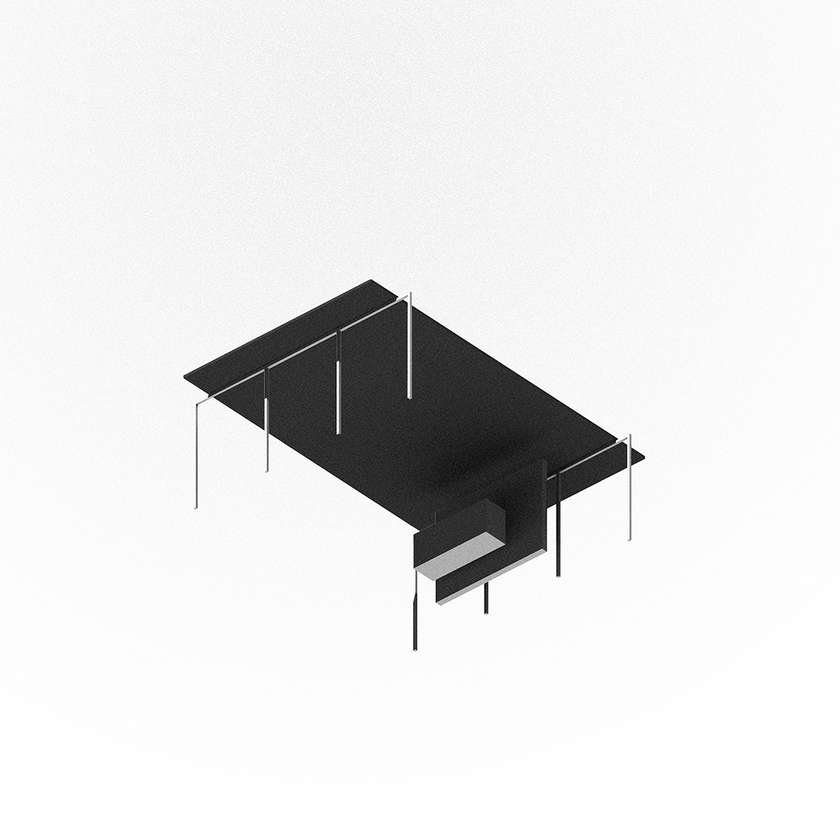
element : the pavillion
*in collaboration with Birkir Ingibjartsson
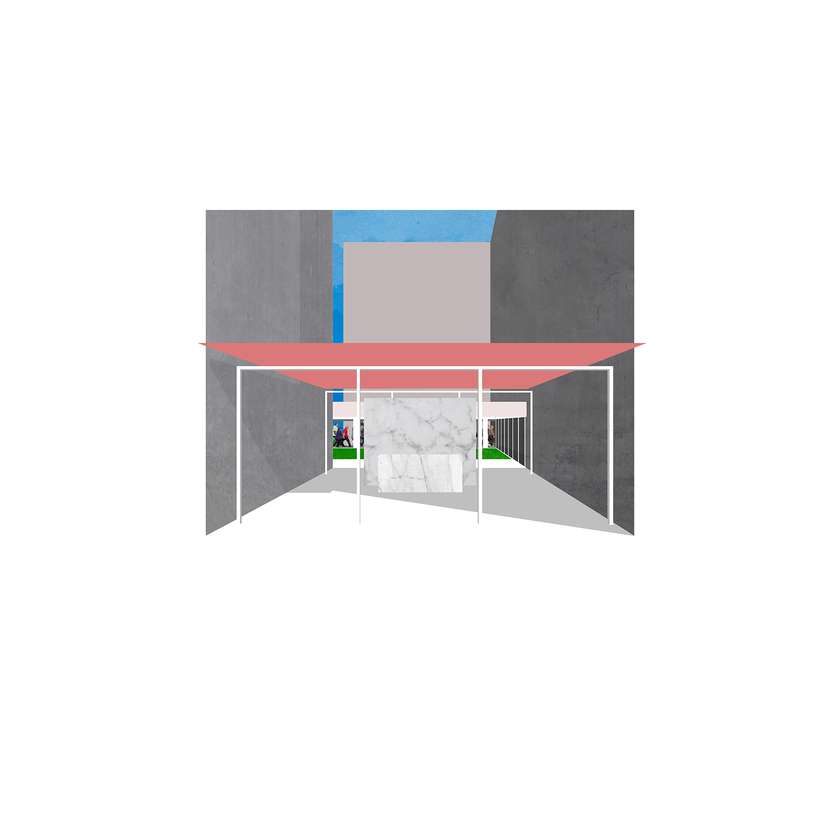
room : the lobby
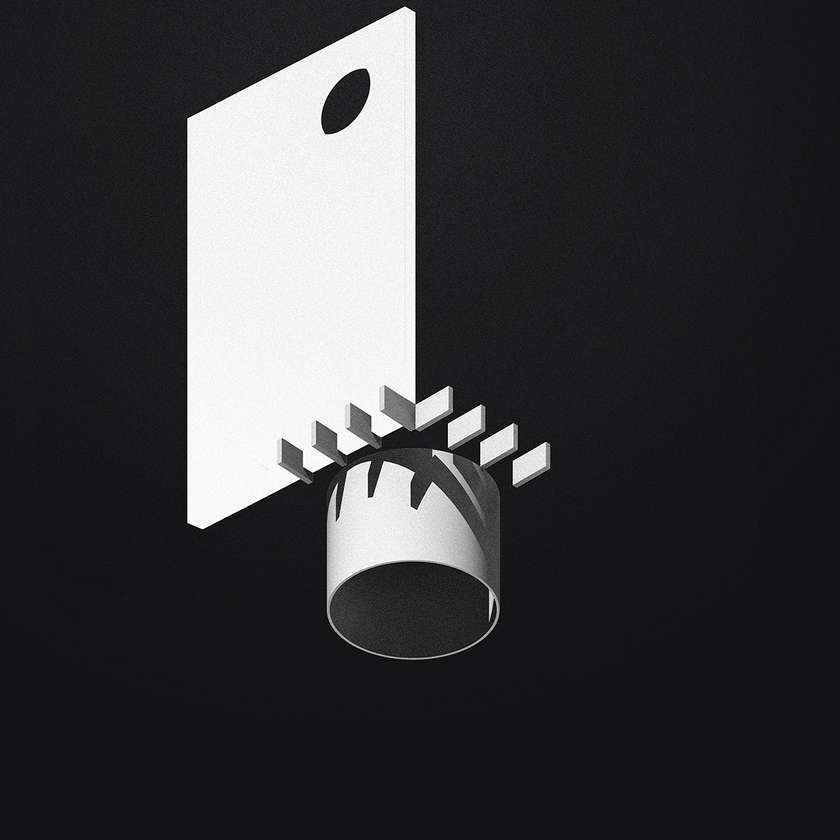
fragment : corner

element : bus stop
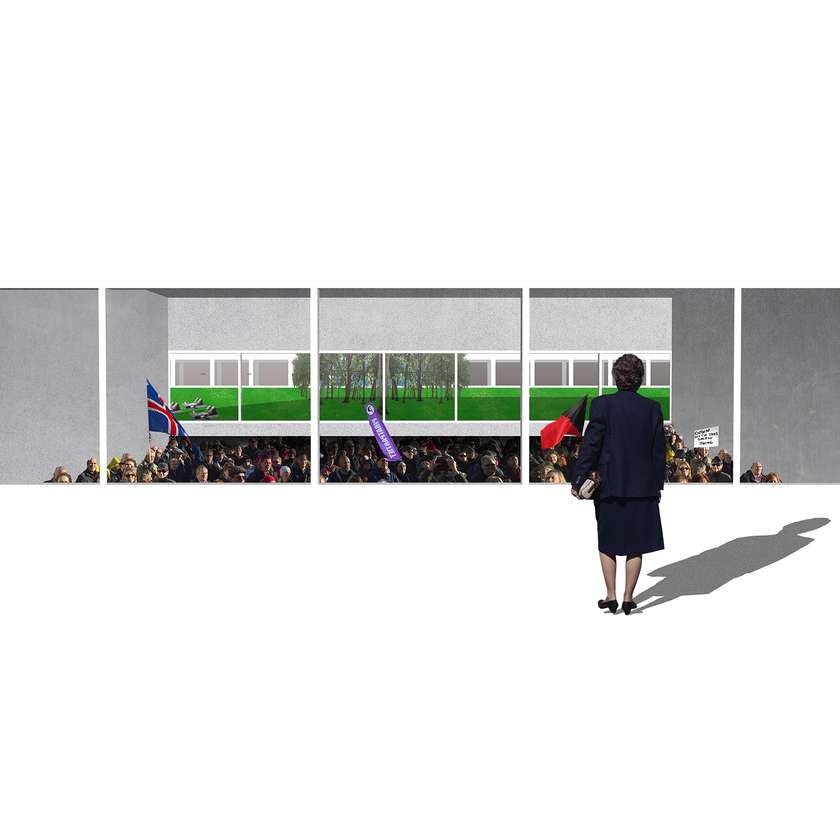
room : the assembly